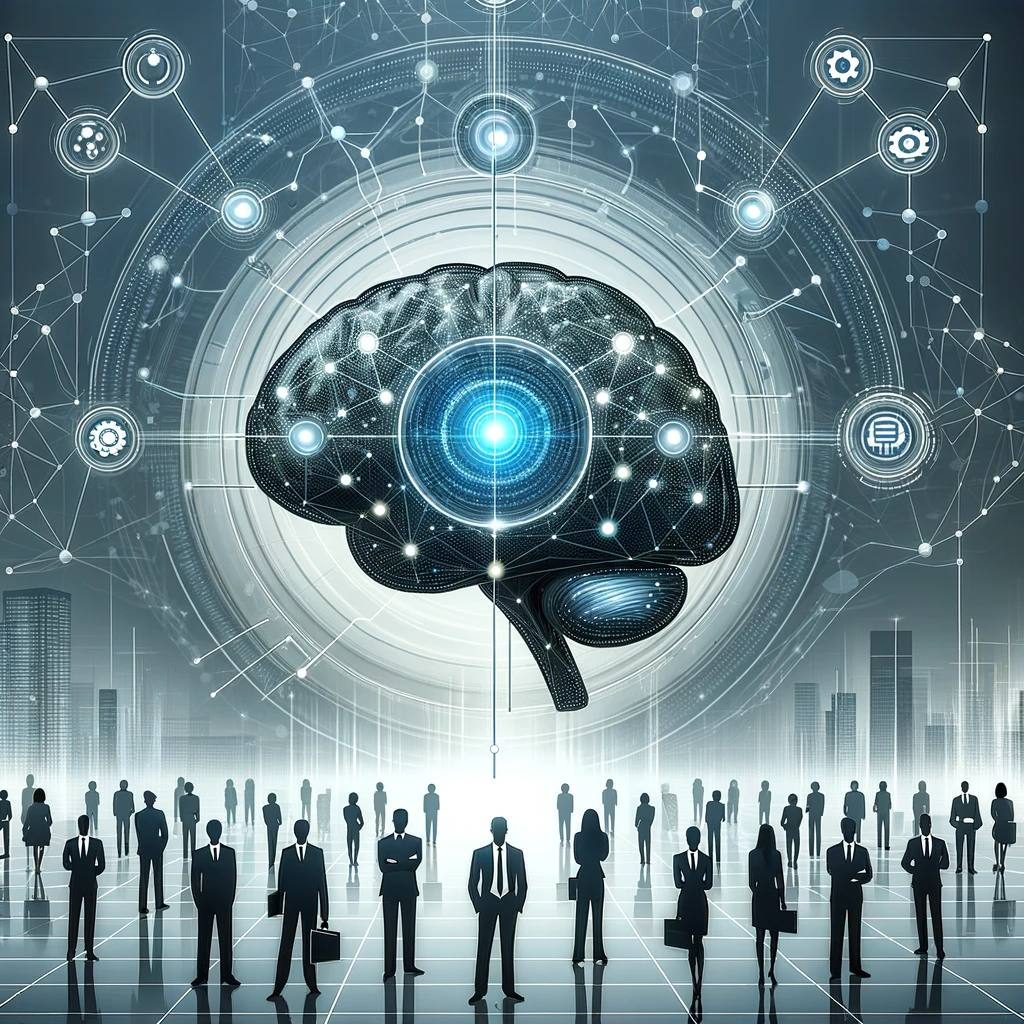As India’s judiciary struggles under the weight of over 50 million pending cases, a beacon of hope emerges from the realm of artificial intelligence (AI). Researchers are exploring how AI, specifically large language models (LLMs), can expedite case processing, potentially reducing the monumental backlog. A recent study from the University of Liverpool highlights the promising, yet challenging, journey toward automating legal argument generation.
Revolutionizing legal proceedings with AI
The study, titled “Automated Argument Generation from Legal Facts,” spearheaded by Procheta Sen, delves into the application of AI in formulating legal arguments. By employing open-source models like GPT-2 and Facebook’s LLaMA, the research demonstrates a significant overlap between AI-generated arguments and benchmark annotations. These findings suggest that AI’s advanced capabilities could drastically reduce the time legal professionals spend on document processing.
LLMs, the technology underpinning this advancement, have already proven successful in various natural language processing (NLP) tasks. These models, evolving from the transformer architecture, leverage pre-training, fine-tuning, and prompt-based approaches to excel at tasks like machine translation, summarization, and entity recognition.
Harnessing LLMs for legal argumentation
In their innovative approach, Sen and her team utilized models like GPT-2 and Flan-T5, fine-tuning them to generate legal arguments from raw facts. They introduced special tokens such as ‘[Facts]’ and ‘[Arguments]’ to steer the generation process. However, the extensive length of legal documents, a characteristic that often complicates digital processing, necessitated the use of a BERT summarizer to condense content effectively.
The research drew upon a dataset comprising 50 legal documents from the Indian Supreme Court. Each document was meticulously analyzed, with individual sentences labeled according to seven rhetorical role categories. These categories included various facets of legal reasoning and judgment, such as facts, arguments, and statutes.
The team employed rigorous evaluation metrics, focusing on the average word overlap and semantic similarity between the AI-generated arguments and actual legal content. Interestingly, they discovered a correlation between the length of the summaries and the quality of the arguments generated. Furthermore, the quality of the data fed into the AI models significantly impacted their performance.
Navigating the challenges
Despite the promising advancements, the road to AI-integrated legal proceedings is not without its hurdles. Sen points out that the complexity of legal language, often characterized by convoluted and unstructured sentences, poses a significant challenge to current NLP tools. Comprehending and processing this language demands considerable human effort, limiting the efficiency gains from AI applications.
Moreover, privacy concerns loom large, especially when legal firms rely on paid API services that might inadvertently expose sensitive data. The issue of inherent biases in AI, stemming from the datasets used for training, also remains a pertinent concern. While fine-tuning and high-quality, unbiased data can help, the solution is not straightforward.
Sen emphasizes the critical need for “well-curated data,” highlighting that the process of preserving and structuring case records for AI consumption is both time-intensive and complex.
The future of AI in judiciary
While the study marks a significant step forward, it also underscores the journey ahead. The limited dataset means the research serves as an initial exploration rather than a conclusive guide. Sen and her team are optimistic, viewing their work as a foundation for more advanced models and applications in the future.
The potential of AI in transforming India’s judicial system is immense, offering a glimpse of a future where legal proceedings are more efficient and less backlogged. However, realizing this vision requires overcoming current limitations, safeguarding ethical considerations, and continuously refining the AI tools designed to serve justice.





